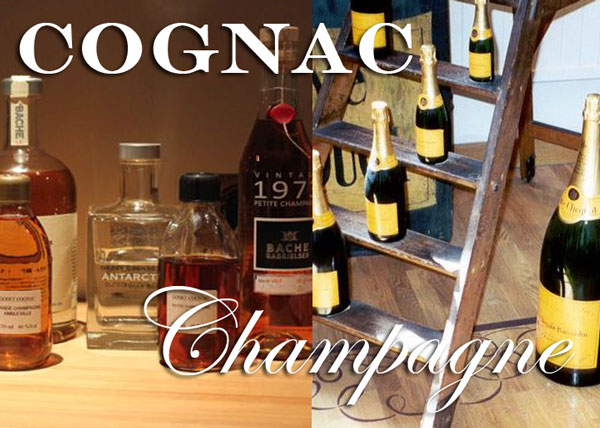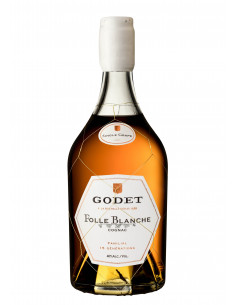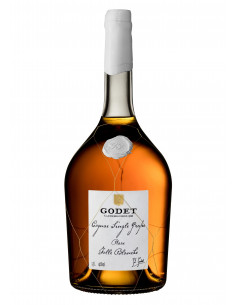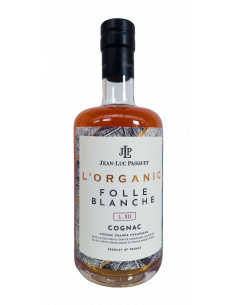As you relax in a comfortable chair after a day’s work, sipping a glass of your favourite Cognac, you’re probably not thinking too much about what it might have in common with the bubbling delight that is champagne.
But scratch between the surface of two of France’s most famous products, and it’s rather interesting to compare the two.
Firstly, it’s important not to confuse the word ‘champagne,’ when it’s referring to the sparkling wine, with the phrases ‘Grande Champagne’ and ‘Petite Champagne’ when talking about the regions of Cognac vineyards. In fact, the word champagne actually derives from an old Latin word describing terrain and the soil that became absorbed into the French language.

So, let’s take a look at some of the similarities between the two tipples.
The same at heart
Both Cognac and Champagne are produced from the same product – grapes. However, whilst the grapes used to produce Cognac are the white grapes, Folle Blanche, Ugni Blanc and Colombard, champagne production also uses red/black grapes. These include the Pinot Noir and Pinot Meunier as well as the white grape, Chardonnay. Of course, most champagne is white in colour, and this is created during the manufacturing process.
In similarity with Cognac, the region in which the grapes are grown have a strong bearing on the flavours and bouquet of the final drink produced. Many people have their favourites – both in Cognacs and in champagnes.
Strict growing areas
The areas in which Cognac and champagne are produced are a legal requirement. Only grapes grown in the AOC defined Cognac area have the privilege of being called Cognac. In the same way, only grapes from the five delimited ‘champagne’ regions are allowed to be sold as champagne.
Cognac has five defined areas – Grande Champagne, Petite Champagne, Fins Bois, Borderies and Bons Bois. Champagne also has five regions – The Aube, Montagne de Reims, Vallee de la Marne, Cote des Blancs and Cote de Sezanne.
Both Cognac and Champagne have the same battle on their hands that comes with success – in that there are always those who want to imitate and cash in on their names. Both have to exert constant vigilance on those who would attempt to use the exact words (Cognac/Champagne) or close derivatives to describe products that are most definitely not produced in these areas. There have been many legal battles over the years to prevent misinterpretation of this kind.
Famous throughout the world
There’s probably not a country in the world that isn’t aware of the names of both Cognac and champagne. Both are luxury products, and are viewed as such throughout the globe. However, it might surprise you to know that whilst the majority of Cognac is exported to other countries, the majority of champagne produced is consumed in France. Perhaps this has something to do with the fact that during the recent (and continuing) economic crisis, sales of Cognac remained stable and then began to rise, whereas sales of champagne went down.
Tourism grown around a brand
Both Cognac and Champagne are perhaps France’s most famous products. Because of this, a strong tourist trade has grown around both products. Visitors love to come to the region of Cognac to visit both the small and the large Cognac houses, as well as to enjoy the beauty of the Charente countryside. And the same applies for the region of Champagne, with its great cities of Reims and Epernay.
So which drink is better known? It’s hard to say, as both names are synonymous with luxury and quality throughout the world. And the great thing is that you don’t need to come down on the side of one against the other – as despite their similarities they are completely different products.
So, continue to enjoy sipping your champagne to toast happy events, or as a delicious accompaniment to a meal. But, we’re sure you’ll agree – and perhaps we’re just a little biased – that nothing can beat a good Cognac, either as a digestif, or just a treat to unwind at the end of a hard day. However, with the fashion of now using Cognac as an ingredient in many cocktails, it’s even possible to enjoy both Cognac and champagne in the same glass.
And that probably comes down to the crux of both Cognac and Champagne, in that they’re both created by traditional methods and through knowledge that has been handed down across the decades to end up as a wonderful product produced purely for our enjoyment. And that’s something that we’ll happily raise a glass to.






